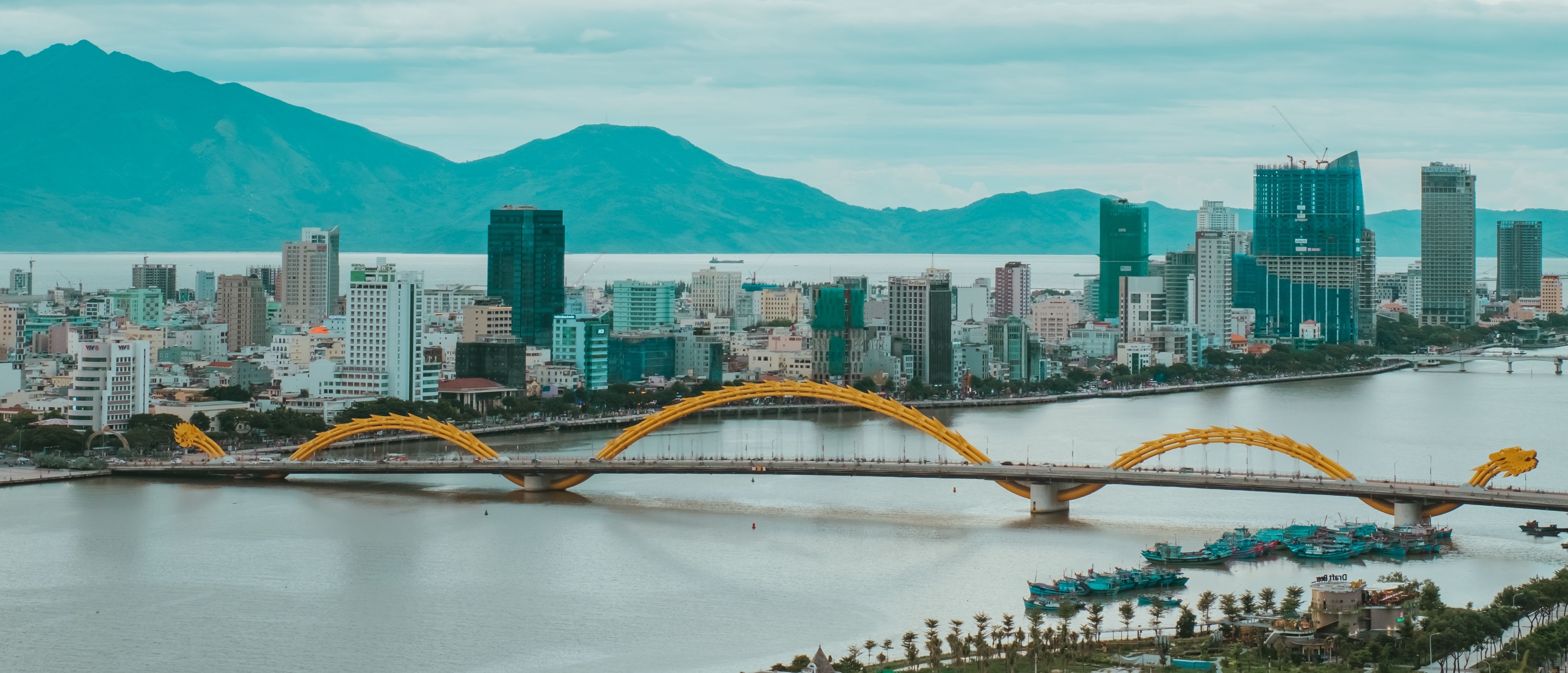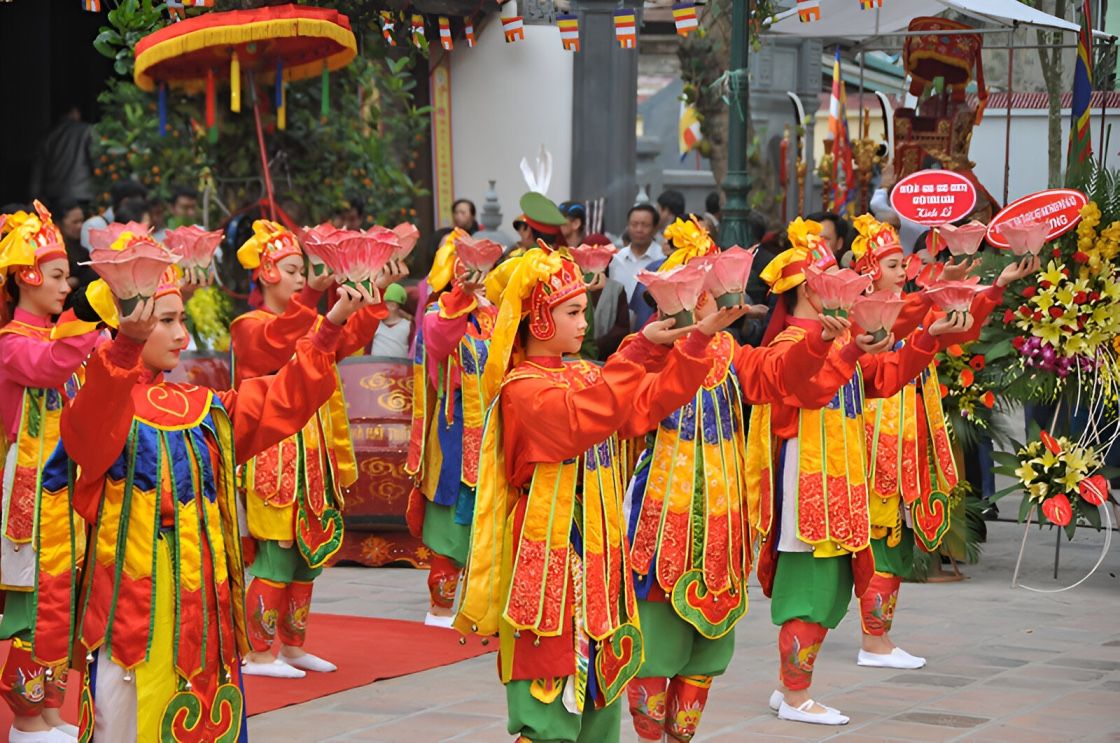
Vietnam is one of Southeast Asia’s most linguistically rich countries. While Vietnamese is the national language, more than 110 languages are spoken across its regions, ethnic groups, and communities. This guide breaks down Vietnam’s language landscape in 2025—covering the official language, regional dialects, minority languages, and foreign languages used in education and business. Whether you’re planning to travel, relocate, or invest in Vietnam, understanding the local language dynamics is essential.
Is Vietnamese Hard to Learn? Tips to Master It Faster
Vietnamese can be challenging due to its six tones and unique pronunciation, but it’s also logical and consistent. Unlike many Asian languages, it uses the Latin alphabet (Quốc Ngữ), making it easier for English speakers to read and write.
- Check out Vietnamese language
- Facts about Vietnam
- Focus on pronunciation early: Master the six tones with apps or native tutors.
- Learn common vocabulary: Use practical words instead of textbook-only phrases.
- Practice listening daily: Use Vietnamese YouTube channels, podcasts, and apps like LingoDeer or Duolingo.
- Start speaking immediately: Use HelloTalk or Tandem for language exchange.
- Immerse in daily life: Switch your phone to Vietnamese or watch subtitled dramas.
Daily exposure and active use are key to faster progress. With consistent effort, Vietnamese is definitely learnable—even for beginners.
Vietnamese Language: Origins, Dialects, and Writing System
The Vietnamese language belongs to the Austroasiatic family and is the official language of Vietnam, spoken by more than 88 million people. It’s used across government, media, education, and business sectors, and is increasingly studied by foreigners due to Vietnam’s global rise.
From Chữ Nôm to Quốc Ngữ
Historically, Vietnamese was written using Chữ Nôm, a script based on Chinese characters. In the 17th century, Jesuit missionary Alexandre de Rhodes helped develop Quốc Ngữ—a Latin-based alphabet that is now the standard script nationwide.
Vietnamese Dialects by Region
- Northern (Hanoi): The official dialect used in education and national media.
- Central (Hue, Da Nang): Known for distinct tones and pronunciation.
- Southern (Ho Chi Minh City): Softer tones and different vocabulary usage.
Explore Vietnam by Motorbike
Want to experience Vietnam up close? A motorbike tour lets you ride through stunning landscapes, vibrant cities, and hidden villages—at your own pace.
- Check out Motorbike tours in Vienam
How Many Languages Are Spoken in Vietnam?
Wondering how many languages are spoken in Vietnam? As of 2025, the country is home to over 110 languages. This includes the Vietnamese language, dozens of ethnic minority languages, and a growing number of foreign languages in Vietnam used in business, tourism, and education. This incredible linguistic variety reflects the nation’s rich cultural heritage and global outlook.
Vietnam Ethnic Minority Languages
Vietnam officially recognizes 54 ethnic groups, many of which maintain their own languages. These ethnic minority languages are crucial to Vietnam’s cultural identity and are still spoken widely across provinces.
Tày Language
Spoken by over 3 million people in northeastern Vietnam. Part of the Tai family, the Tày language carries rich oral storytelling traditions.
Muong Language
Closely related to Vietnamese and spoken by about 1 million people in Hoa Binh and Thanh Hoa provinces.
Cham Language
A Malayo-Polynesian language from the ancient Champa Kingdom, still used in central and southern regions.
Khmer Language
Spoken by over 1 million in southern Vietnam. Related to the national language of Cambodia.
Hmong Language
A tonal language used in the highlands by the Hmong ethnic group. Part of the Hmong-Mien family.
Nùng Language
Spoken by approximately 969,000 people in northern Vietnam. Part of the Tai-Kadai language family.
Foreign Languages in Vietnam: Influence and Usage
Besides Vietnamese and minority languages, there is widespread use of foreign languages in Vietnam, driven by economic growth and global connectivity.
French: Colonial Legacy
Once the administrative language, French is still spoken by older generations and in academic settings.
English: Fastest-Growing Language
English is now the most widely taught and used foreign language in Vietnam. It’s essential in tourism, higher education, and global business.
Other Foreign Languages
- Chinese: Spoken by the Hoa ethnic group and used in trade.
- Korean and Japanese: Popular due to pop culture and economic partnerships.
- Russian: Still spoken by professionals who studied in the former USSR.
Vietnamese in Schools and Education
The Vietnamese language is the official medium of instruction in all public schools. From preschool to high school, students are educated in Vietnamese, with bilingual (Vietnamese-English) programs becoming more common in urban areas. These programs help prepare students for international exams and higher education abroad.
Why the Vietnamese Language Is Critical for Business
Proficiency in the Vietnamese language is a major advantage for doing business in Vietnam. According to CSA Research, 86% of localized campaigns outperform English-only versions. Brands that adapt their marketing to Vietnamese build better customer trust and long-term engagement.
Tip: Hire native-speaking Vietnamese translators and marketers who understand cultural nuance and local tone.
What Makes Vietnamese Unique Compared to Other Asian Languages?
Unlike Chinese or Japanese, Vietnamese uses a Latin-based script with tonal diacritics. It does not use characters, has no plurals or gendered nouns, and is relatively simple in grammar. These features make it more accessible to English speakers—though mastering tones is still essential.
FAQ: How to learn Vietnamese?
How many languages are spoken in Vietnam?
Over 110 languages, including Vietnamese, ethnic languages, and foreign languages like English, French, and Chinese.
Is English widely spoken in Vietnam?
Yes, especially in Hanoi, Ho Chi Minh City, and other urban hubs. It’s commonly used in tourism, education, and business.
Which are the most spoken minority languages in Vietnam?
Tày, Muong, Khmer, Cham, Hmong, and Nùng are among the most widely spoken ethnic languages.
About the Author
Ms. Thu is a dedicated local travel expert and long-time resident of Hanoi. With over 10 years of experience exploring every corner of Vietnam, she offers travelers authentic insights, cultural context, and practical guidance for navigating the country with confidence.
Source and Accuracy Statement
All information in this blog post has been carefully verified and curated by Ms. Thu. She regularly updates the content to reflect changes in travel regulations, local policies, and real-world conditions—ensuring travelers receive current, accurate, and trustworthy guidance.












